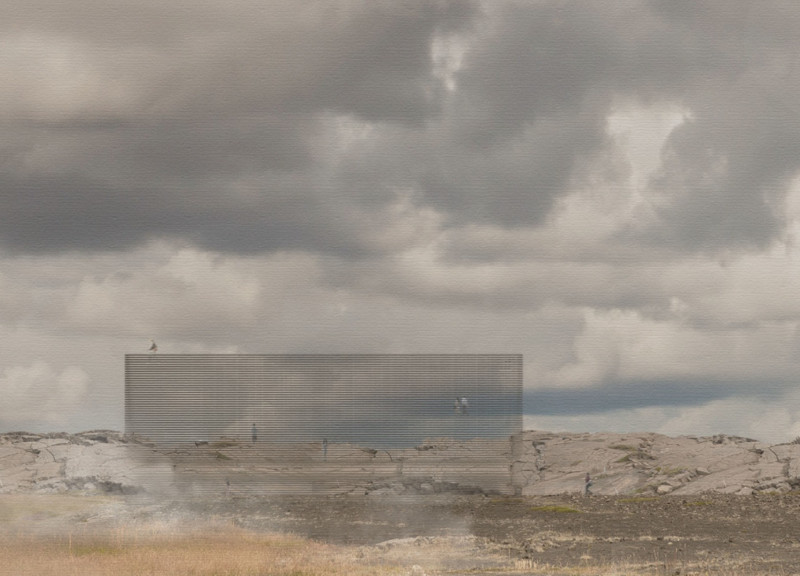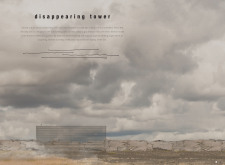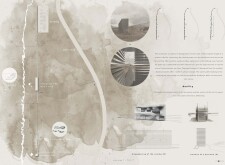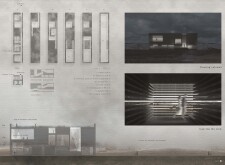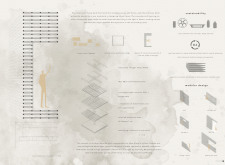5 key facts about this project
The design emphasizes sustainability and efficiency, with a strong focus on using environmentally friendly materials and construction methods. By leveraging local resources, the project demonstrates a commitment to reducing its ecological footprint while supporting the local economy. The material palette is diverse yet cohesive, featuring elements such as reinforced concrete, sustainably sourced timber, glass, and metal accents that contribute to the building’s modern aesthetic. These materials are chosen not only for their functional properties but also for their ability to age gracefully over time, further enhancing the project’s long-term value.
The architectural layout is designed to promote both private and communal spaces, allowing users to seamlessly transition between different areas. The strategic placement of windows is a key feature, providing ample natural light that floods the interiors while offering expansive views of the surroundings. This thoughtful consideration of natural lighting plays an essential role in enhancing the overall atmosphere, contributing to a sense of openness and tranquility that permeates the interior spaces.
In terms of functionality, the project successfully accommodates a range of uses, creating a versatile environment that adapts to the changing needs of its inhabitants. The spaces are carefully proportioned, allowing for flexibility in how they are utilized over time. From collaborative work areas to quiet nooks for individual reflection, the design caters to various activities, fostering both productivity and creativity.
The unique design approach is evident in the balance between contemporary aesthetics and traditional architectural elements. By incorporating features such as large overhangs, natural materials, and landscaped terraces, the architecture pays homage to the local vernacular while simultaneously pushing the boundaries of modern design. The use of sustainable landscaping techniques further enhances the project’s connection to nature, with native plants selected to promote biodiversity and improve the ecological health of the area.
Furthermore, the project includes various amenities that enhance the user experience, from outdoor gathering spaces to facilities that encourage social interaction. These elements are thoughtfully integrated into the overall design, reinforcing the concept of community and belonging. The incorporation of technology also plays a significant role, with smart building systems that optimize energy use and ensure comfort for all users.
This architectural endeavor serves as a testament to the possibilities of modern design when approached with sensitivity to both environment and community. It’s a project that stands as a model for future developments, illustrating how thoughtful design can accommodate evolving societal needs while respecting the past and looking toward the future. For those interested in exploring the nuances of this project, including architectural plans, sections, and intricate design details, a deeper dive into the presentation will provide valuable insights into the creativity and intention behind this thoughtfully crafted architecture.


